As the government prepares to announce the fate of Grenfell Tower, emotions remain raw and divisions persist within the community. While some see demolition as necessary for healing, others fear further loss and disruption. With concerns over health, memorialisation and community engagement, the challenge remains: how can any decision truly reflect the wishes of those most affected? Local councillor and former MP, Emma Dent Coad, reflects on the complexities of this moment
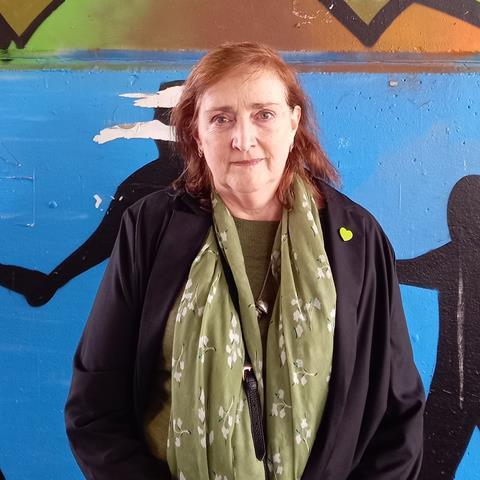
We are expecting an announcement on the fate of the remains of Grenfell Tower imminently. There are no “right” answers, and undoubtedly there will be huge upset from some and huge relief for others.
My personal view is that it should be demolished and removed forever – it breaks my heart every day when I see it, just down the road from me, wrapped in its white shroud, the green heart that you can see for miles. “Forever in our hearts” indeed.
But I have made it clear that I am not one of those who should be listened to. I have deliberately kept well away from the surveys, engagements and discussions. I live three blocks away and, as far as I am concerned, it’s the people most affected who should be heard in relation to the land on their doorstep – those who lost family members and friends, and those who live close by, especially in Lancaster West Estate, which is in the shadow of the tower and physically attached to it.
My role as a local councillor for the ward “one up” from Notting Dale, and heavily involved with local groups, is to ensure that the residents concerned are listened to and heeded – and that whatever emerges is what a majority wants.
It must be said that the new government has made some good first steps, approaching the community in a genuine and unpatronising way. Having Angela Rayner – a secretary of state born in council housing – in overall charge does make a difference. She has spoken well, and her minister, Alex Norris, has visited the area and spoken to smaller groups of affected residents, as well as to Grenfell United.
But what really counts, of course, is what happens next and how they communicate with local people. Communication with the previous government was woeful.
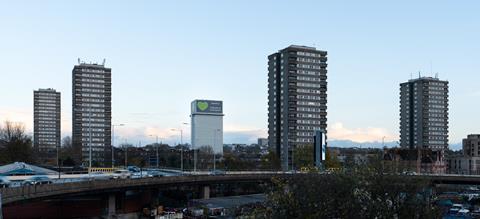
Many residents also felt that they were treated as second-class citizens by the Royal Borough of Kensington and Chelsea, with their concerns met with politely worded but thinly veiled disdain – particularly when they were outspoken or vocal.
For those who are anticipating a full or partial demolition, one of many questions is that of the actual process. Many are afraid that the dust, potential asbestos, and any other “legacy” toxins could affect their health. Many are suffering from undiagnosed conditions, which they blame on the long-standing effects of the fire.
Some residents are calling for access to the same blood and DNA tests that firefighters reportedly received, amid concerns about long-term health effects. Reports suggest that up to 12 firefighters who attended the fire have been diagnosed with terminal cancer, while others are experiencing a range of illnesses, which some believe may be linked to exposure to toxins and particulate matter during the fire. For others, the prospect of noise, disruption and emotional distress caused by any demolition process is almost unbearable. Many still feel ignored and remain angry.
Two weeks ago, the Grenfell Tower Memorial Commission announced the shortlist of five architectural practices that have made it through vetting and due diligence to the second stage of the memorial project selection process. Bizarrely, given the nature of the work, it was an international competition.
Whatever is announced by the secretary of state about demolition or otherwise, and whatever emerges from the selection process of the memorial, one thing is certain: there will be anger, upset and more trauma for my friends and neighbours down the road
They want the selected team to work very closely with the community and the 10 community representatives on the commission – will they need to go on a crash course to work with severely traumatised people who will undoubtedly disagree violently on some issues? And does the brief include a presumption of the total demolition of the tower?
It is hard to ascertain at this point, and we await the announcement of the final selection process, whatever is decided about the fate of the tower.
The five selected practices are: Cure La Tourelle and Head Architecture; Freehaus; George King Architects and Grow To Know; New South; and Office Sian. There is to be an exhibition in spring of their proposals and (if all goes well, which I doubt) an announcement of the final selected team in the “spring or summer”. Early next year, the more detailed work will commence.
All this activity has come at a difficult time, as news filtered through in November that certain bereaved families have been informed there are still “unidentified remains”, leading to unsurprising local upset from those who thought they had buried their loved ones and from local people questioning how this has happened. What will happen to these remains now?
Whatever is announced by the secretary of state about demolition or otherwise, and whatever emerges from the selection process of the memorial, one thing is certain: there will be anger, upset and more trauma for my friends and neighbours down the road.
Postscript
Emma Dent Coad is an architectural historian. She was the Labour MP for Kensington from 2017 to 2019 and has been a councillor in Kensington and Chelsea since 2006.


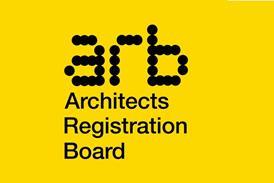
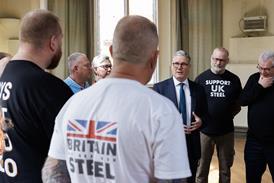
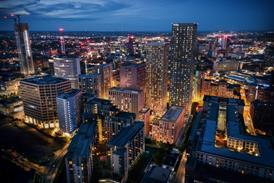
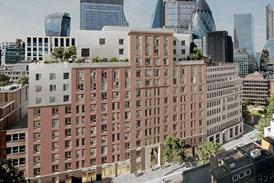


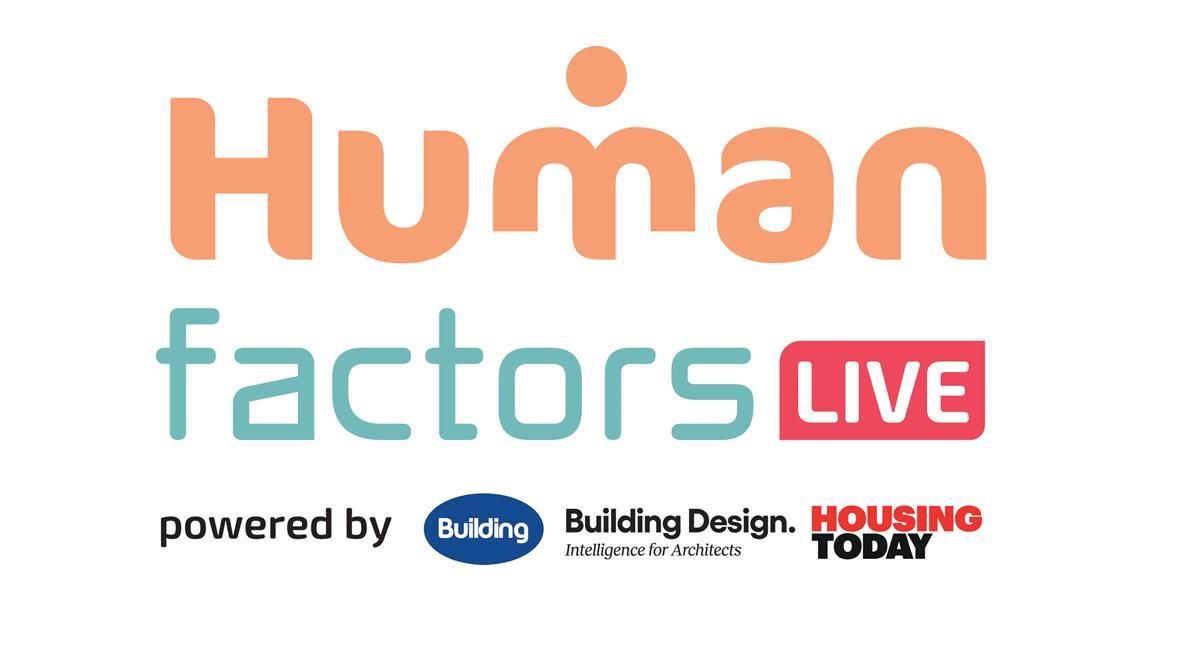







No comments yet